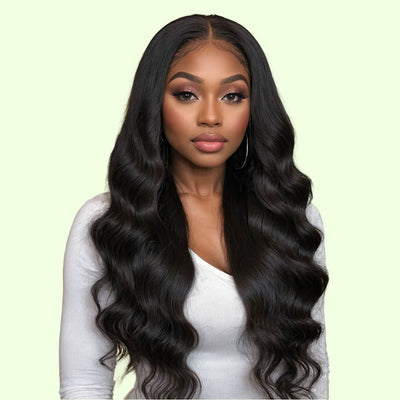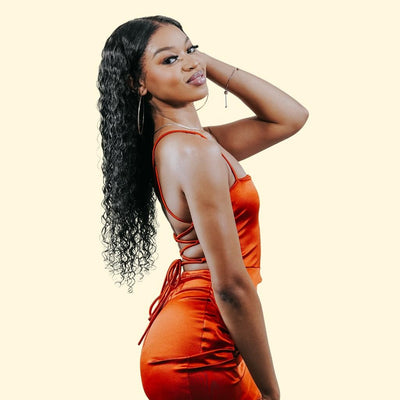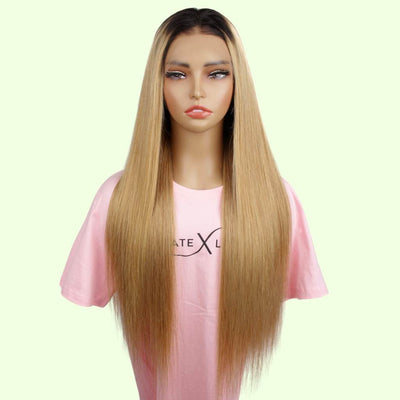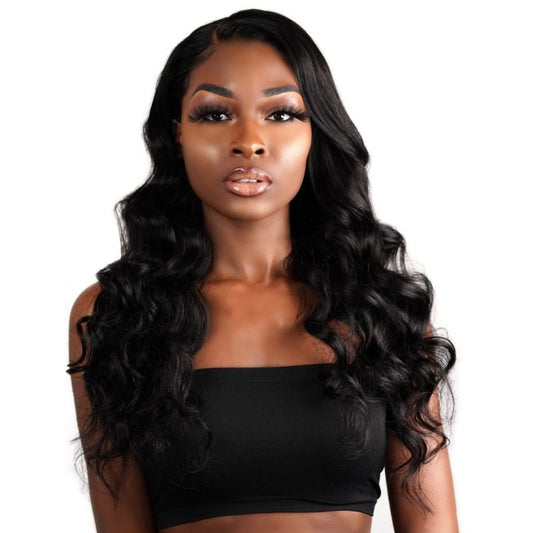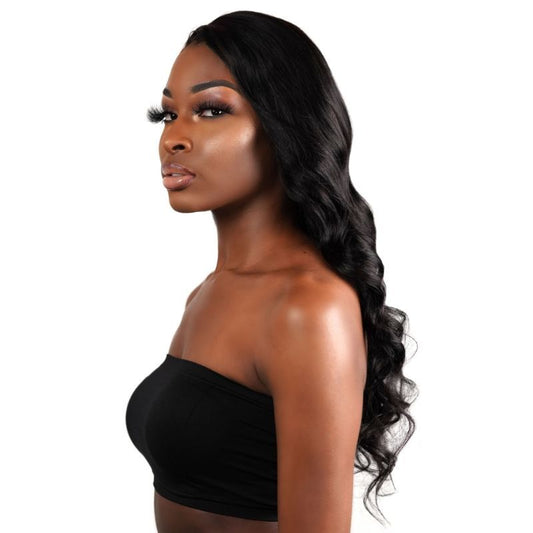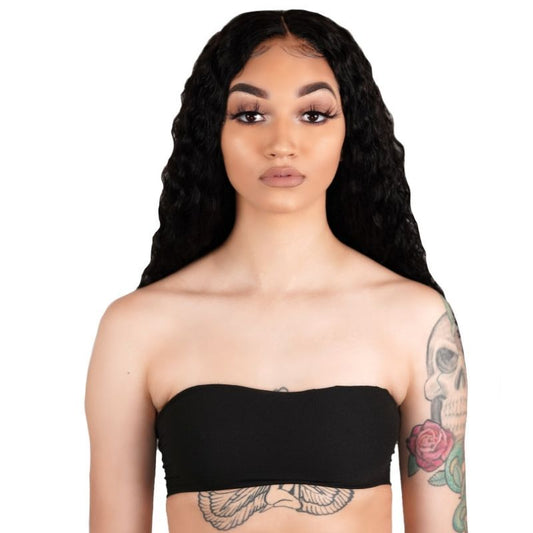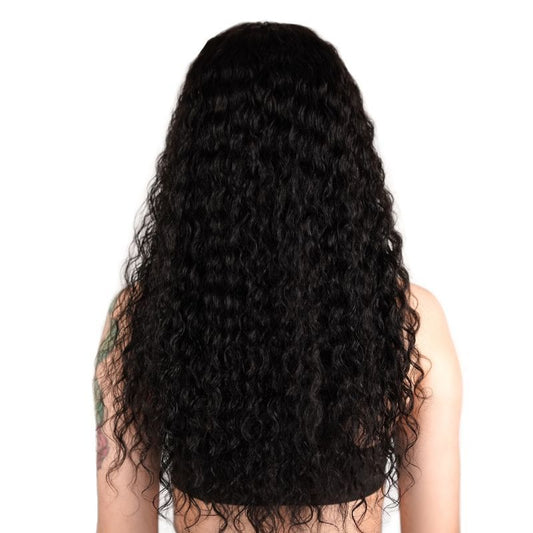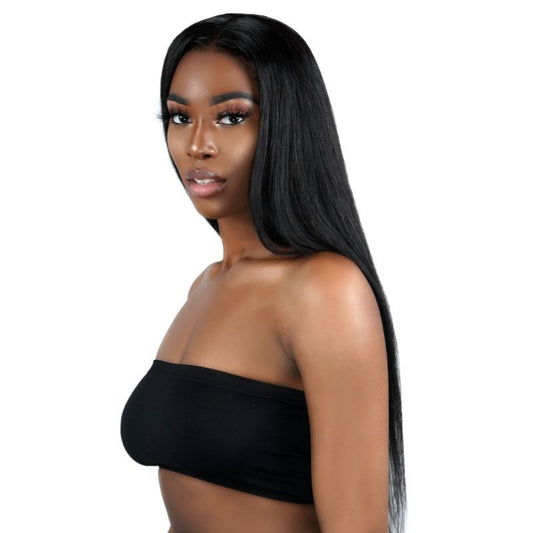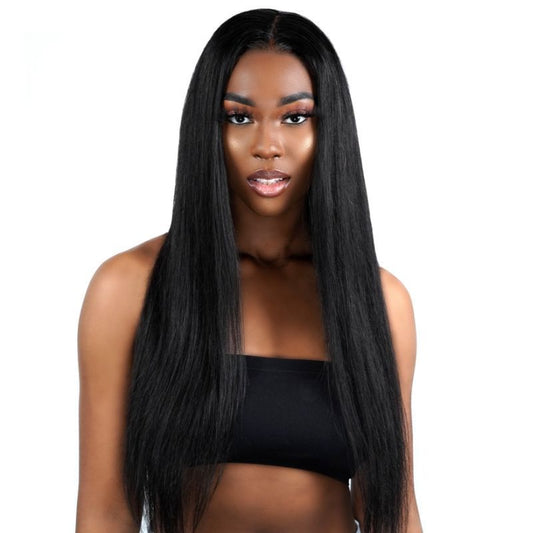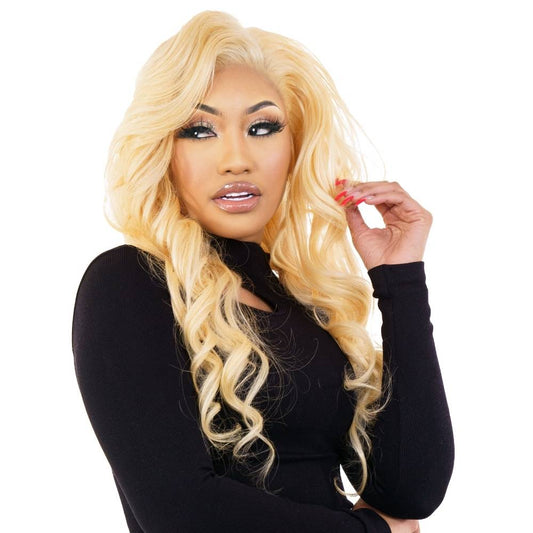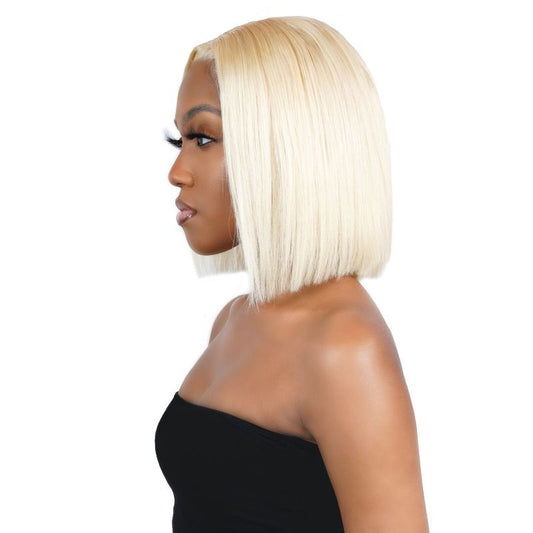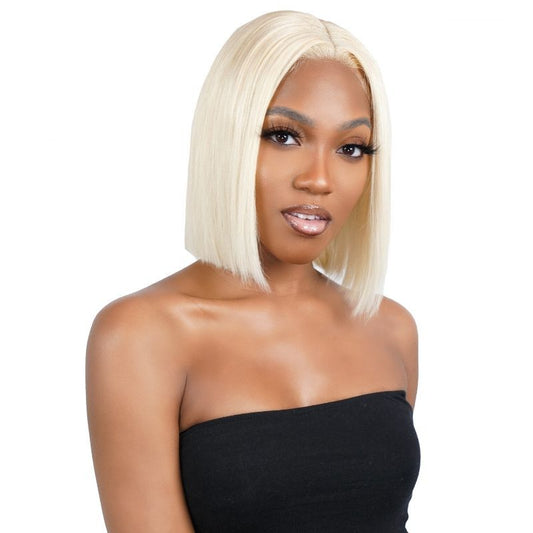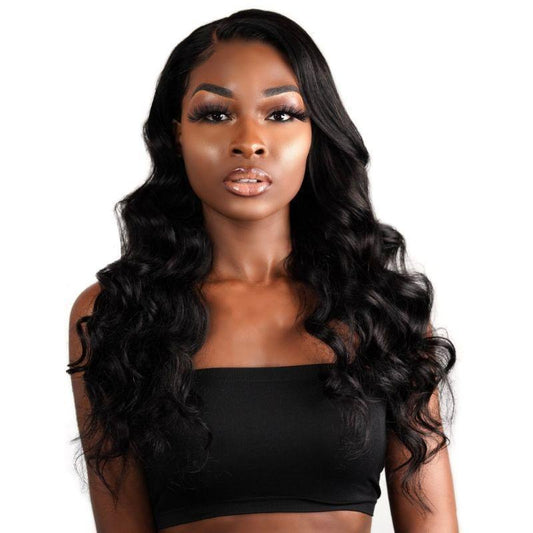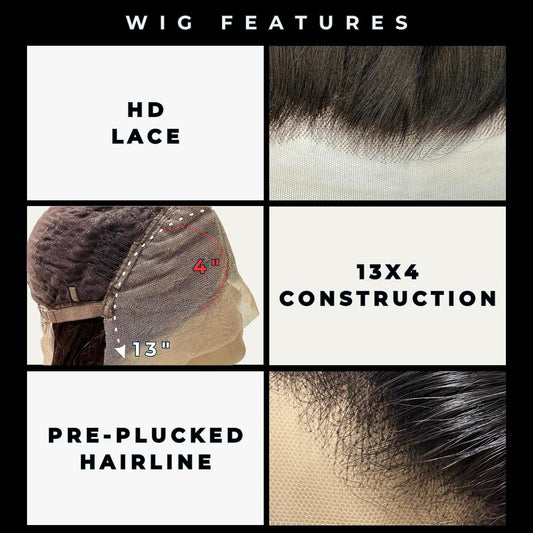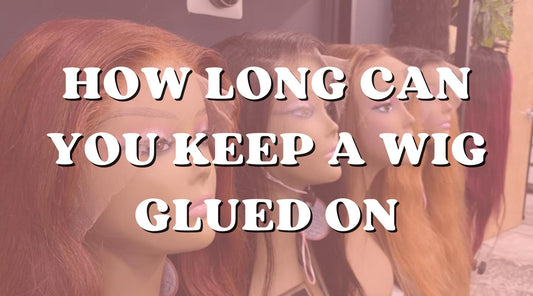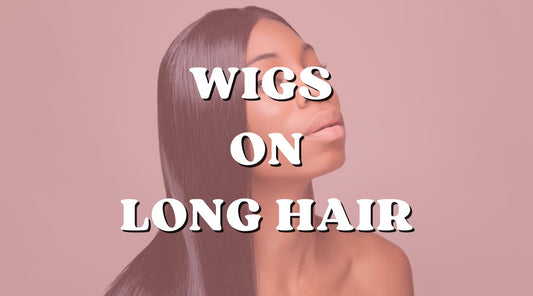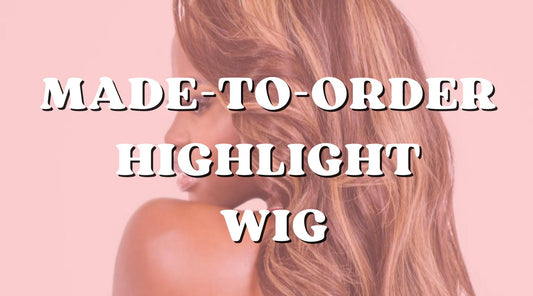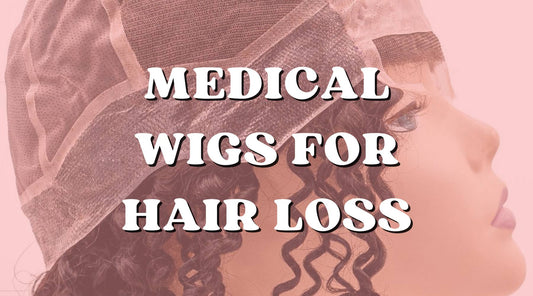1260 Memorial Drive
Atlanta, Georgia 30316
404-458-1330
The Difference Between 130%, 150%, and 180% Wig Density
Mikey MoranIf you've ever bought a wig thinking that it's going to look full and voluminous only to be disappointed when it arrives.
Then you'll definitely benefit from understanding wig density. 🤓
So you know what you're getting yourself into when buying your next wig based on length and density like the 26 Inch Wigs.

What Is Wig Density?
Before we get into different wig densities, let's define the term first.
Basically, density means how much hair is used to make the wig.
The more hair, the fuller and thicker the wig will look.
Of course, the type of hair and how you style it can also affect density; even two wigs with the same density could end up looking quite different, just based on the styling.
But, more on that later. Wig density can go from 60% all the way to 200%, but we'll be focusing on 130%, 150%, and 180% wig densities here because those are the percentages that most wigs come in.

Understanding Wig Densities: 130%, 150%, and 180%
These are arguably the most common density percentages you'll come across when shopping for human hair wigs.
Let's break down each type:
130% Density: The Natural Look
This is a low-density style that's perfect for when you don't want too much hair.
It feels light and looks more natural, which can be especially beneficial if you want your wig to look subtle and realistic.
It's usually made with one bundle of hair using single-strand construction, and it's perfect for beginners and everyday wear.
150% Density: The Balanced Choice
Wigs at this density percentage are usually made with 1½ bundles of hair, offering the perfect middle ground between natural and full.
They're versatile enough for most styles and suitable for most people as well since they're so easy to maintain.
180% Density: The Full Glam Look
Now, if you really want to go all-out and create that 'big hair' effect, then you can't go wrong with a 180% density wig.
Wigs at this density percentage are made with two bundles of hair, which helps create a very full, luxurious appearance.
Yes, they do require more in terms of maintenance, and they might feel heavy if you're not used to thick hair, but they're totally worth it if you love big, dramatic-looking hair.
 Wig Density and Hair Length
Wig Density and Hair Length
Wig density plays a huge role in how your wig looks and your ability to style it.
But did you know that wig density can vary depending on the length of the hair?
Yep. For instance, a wig density between 130% and 150% is perfect for when you're rocking a short hairstyle, say, between 6 to 10 inch wigs.
At this density percentage, your wig will have a natural, seamless look to it, and the hair won't end up looking overly bulky or unnatural.
At this range, you'll also be able to enjoy a subtle yet full, bouncy style. When it comes to long hair between 18 inch to 22 inch wigs, higher wig densities are the way to go.
Think 150% and 180% to get that perfect balance of volume and fullness.

Which One Should You Choose?
Well, it all depends on how full you want your hair to look and feel.
A 180% density wig will give you a fuller, more voluminous look compared to a 130% or 150% density wig.
Of course, this has no bearing on the quality or texture of the hair; it simply only affects its fullness and volume.
Here are some other factors to consider before you make your choice:
The Style
The hairstyle you choose can also play a role in the wig density you choose.
For instance, if you want a big, 70s-style, SZA-inspired look, then a high-density wig is in order.
But if you want a sleek, office-ready style, then a low-density wig should hit the spot.

Face Shape
The shape of your face can also influence your choice of wig density.
A small face might get lost behind thick 180% density hair, while someone with fuller features can carry that volume beautifully.
A 130% density wig frames the face without overwhelming it, which makes it ideal for someone with a petite face.
Age
Age is another factor that you might want to consider when it comes to wig density.
As we get older, our natural hair has a tendency to thin out a bit.
So, if you want to create a true-to-life look and you're part of the 50+ club, then you might want to consider going with a lower-density wig.
That way, it'll look natural and not overdone.
 Texture
Texture
Your wig's texture can also play a role in the density you need.
For instance, curly styles tend to look super full, even with less density, whereas straight sleek wigs can start to look a little sparse if you don't beef up the density a bit.
Wig Length
Even if the density is on the lower side, the length of the wig can significantly influence how full it looks.
Shorter styles tend to look more lush and voluminous, even at densities like 130% or 150%, while you might need higher density to get the same level of fullness with a longer style.
Of course, your personal preferences trump all and should be your guide when choosing wig density.
You should also keep in mind that the quality of the hair and the materials it's made from can totally change the overall look, even for wigs with the same density.
For the best possible result, you really can't beat 100% human hair; it makes all the difference.
Also learn if 1B Darker than 1 Black Hair.

Rock Your Unique Look
Well, there you have it!
Now you know what to look for on your next wig shopping spree. Of course, these density recommendations are just general definitions and guidelines.
The final decision will ultimately depend on what you like and the look you're after.
Remember to not just focus on the number but consider the hair type and how you plan to wear it.
That'll help you find the perfect wig density percentage to create the exact look you want. 💗
And don't be afraid to experiment with different densities to find the one that makes you feel most confident and beautiful. And feel free to test textures like deep wave and water wave textures.

